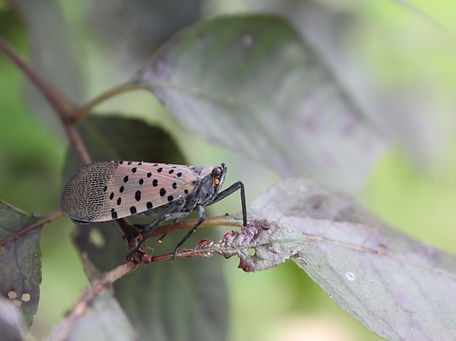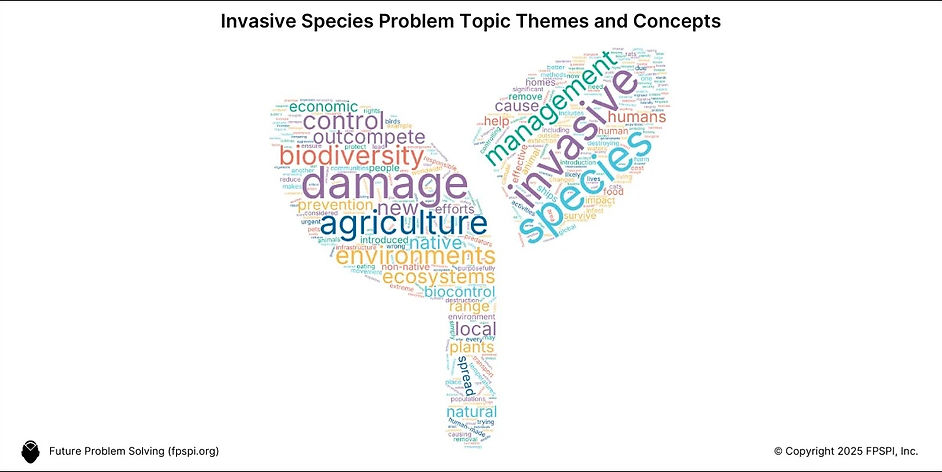
Practice Problem 1: Invasive Species
Science & Technology
Global Issues Deadline TBA
How will we safeguard the biodiversity of our ecosystems against the rising threat of invasive species in the future?
Background
Invasive species are non-native organisms that, when introduced to a new environment, can cause harm to native ecosystems, biodiversity, and even economic activities. Due to a lack of natural competitors or predators, these species often outcompete or prey upon native plants and animals, disrupting the delicate balance of local ecosystems. Invasive species can be plants, animals, or microorganisms, and they are typically introduced through human activities, such as trade, travel, or deliberate release.
Context
The impacts of invasive species are far-reaching and can result in habitat degradation, loss of native species, and economic losses in agriculture and forestry. Prevention, early detection, and management efforts may lessen the damage caused by the invasive species. Management includes the removal of invasive species and restoration of affected ecosystems. This can be time-consuming, economically punishing, and not always successful. It is a critical challenge in conservation and environmental management, emphasizing the importance of vigilance and responsible practices to protect the integrity of natural environments.


Questions
-
When an invasive species is introduced to an ecosystem, whether deliberately or by accident, what are the repercussions?
-
Can species introductions and spread be predicted?
-
How do scientists predict the introduction and spread of invasive species?
-
How do invasive species impact social, economic, and cultural environments?
-
How can we protect our environments from invasive species in the future?

Suggested Readings by Theme
What makes an invader?
Damage and destruction
Combating invasive species
The ethics of management

Our Future Problem Solving topics represent important challenges from business, civics, society, science, and technology and serve as the thematic basis for given problem solving situations. Each year, students in grades 4-12 get to solve important near-future global issues and progress through local, regional, and international competitions. Through our programs, problem solvers learn how to think, not what to think, and gain skills they need to succeed in work and life. To learn more about Future Problem Solving visit fpspi.org.
